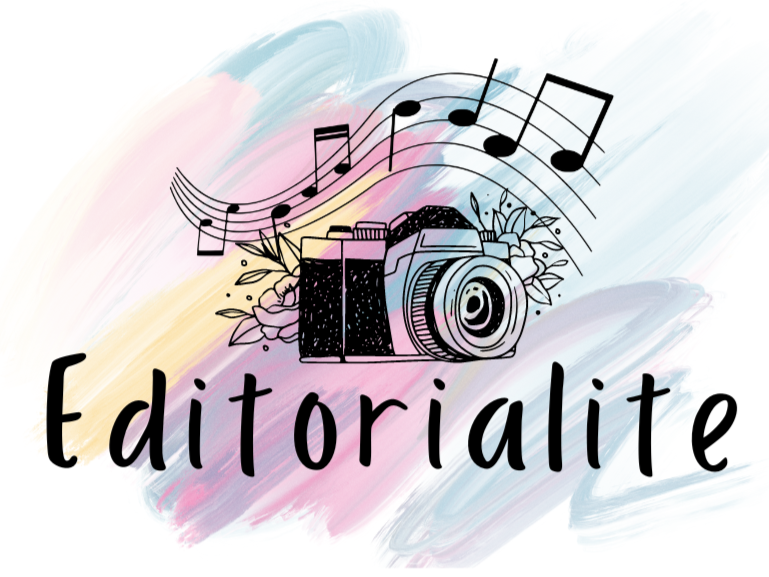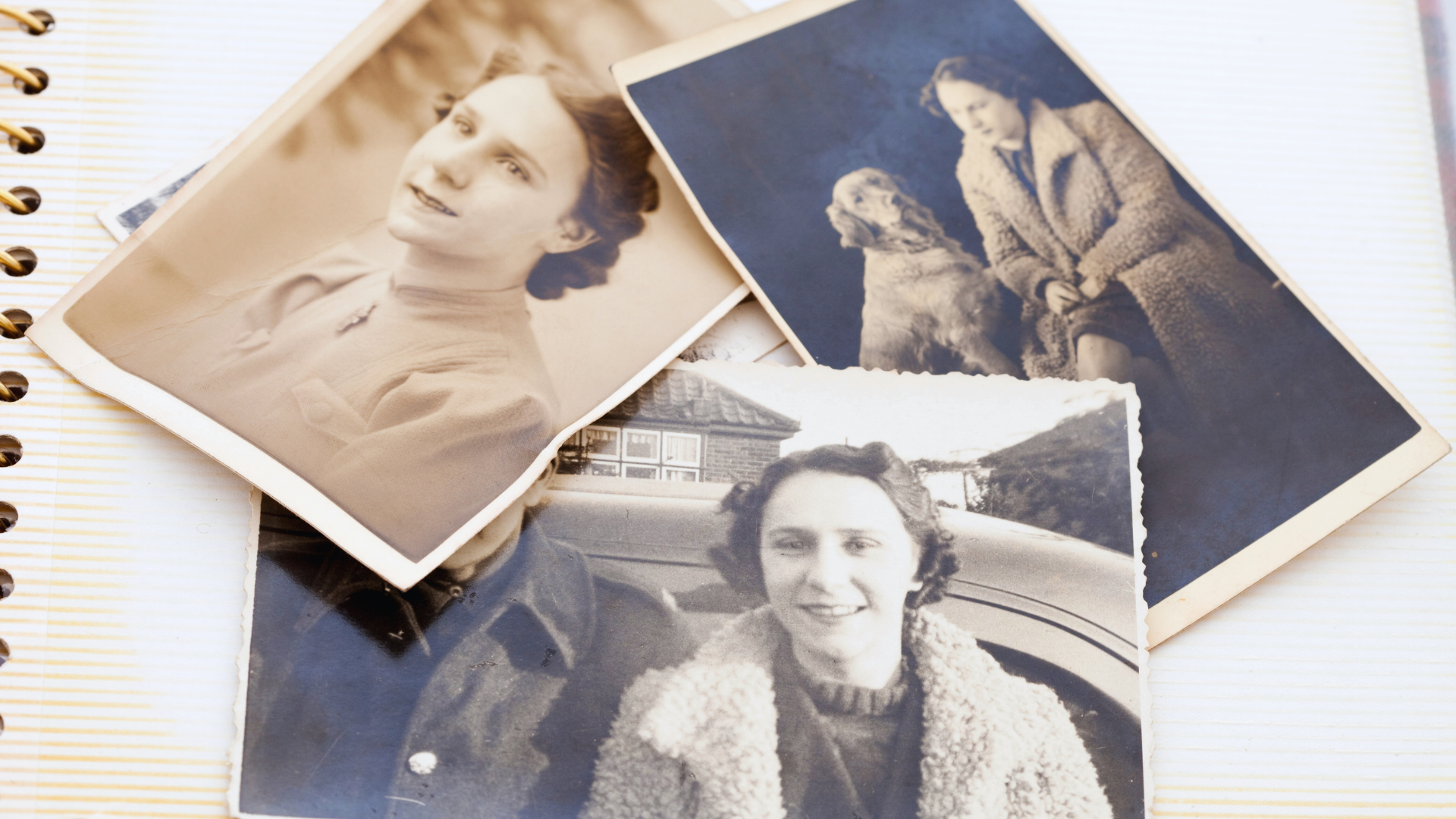Photographs have the unique ability to capture moments in time, evoking a wealth of emotions, thoughts, and stories. A single photograph can convey complex narratives, highlighting the subtleties of human experience and the beauty of the world. It serves as a powerful medium for communication, allowing viewers to interpret meaning through visuals alone.
In this digital age, where the speed of consumption is high, a well-crafted image can have a lasting impact. By focusing on the details—such as lighting, composition, and subject matter—an image can tell a story that resonates deeply with viewers. Each element plays a vital role in shaping the narrative and inviting the audience to engage.
Storytelling through photography encourages creativity and invites introspection. It challenges both the creator and the observer to explore what lies beneath the surface, making it an enriching experience. Through one photograph, the complexity of life can be distilled into a moment that sparks curiosity and connection.
The Art of Storytelling in Photography
Photographs can convey powerful narratives, capturing moments rich with emotion and meaning. Understanding composition, mastering lighting, and utilizing color effectively are key elements that enhance storytelling in photography.
Understanding Composition
Composition in photography determines how various elements within a frame interact to tell a story. Techniques like the rule of thirds assist in creating balance, guiding the viewer’s gaze. Placing the subject off-center often introduces tension and interest.
Using leading lines can guide viewers through the image, while framing techniques, such as natural elements surrounding the subject, can create a sense of context. Furthermore, depth of field influences focus, allowing the photographer to highlight critical details, creating layers of narrative.
Mastering Lighting and Contrast
Lighting and contrast shape the mood and tone of a photograph. Understanding how to manipulate natural or artificial light is crucial. Soft, diffused light can evoke feelings of calmness, whereas harsh lighting often adds drama and intensity.
Contrast plays a vital role as well. High contrast images can emphasize differences and create a stunning visual impact, while low contrast can add subtlety and nuance. Photographers use these elements to enhance storytelling, making images resonant and engaging.
Color’s Emotional Palette
Color influences perception and evokes emotions, making it a powerful tool in photography. Each color carries its own psychological weight; for example, red can signify passion or danger, while blue often conveys calmness.
Photographers can use a color palette to enhance the narrative’s emotional depth. This can include using complementary colors to create vibrancy or analogous colors for harmony. Consistency in color throughout an image helps to unify the story, guiding the audience’s emotional response and reinforcing the intended message.
Narrative Techniques in Single Photographs
Single photographs convey complex narratives through various techniques that guide the viewer’s interpretation. Focus and composition play essential roles in telling a story within a frame, while the concept of photographic essays expands these narratives over a series of images. Both techniques engage viewers and evoke emotional responses.
Focus: Guiding the Viewer’s Eye
Focus in photography directs the viewer’s attention to specific elements within the image. A sharp focal point can draw attention to a subject, highlighting its significance in the narrative. Techniques such as selective focus blur surrounding elements, emphasizing the main subject.
Additionally, the use of leading lines can guide the viewer’s gaze through the photograph. These lines can create pathways that draw attention to important details, enhancing the story conveyed by the image. A well-composed photograph not only captures a moment but also encapsulates meaning through strategic focus.
The Photographic Essay
The photographic essay extends storytelling beyond a single image by conveying themes or narratives across multiple photographs. Each image contributes to a collective story, allowing for deeper exploration of a subject. The arrangement of these images can create a flow that guides the viewer through the intended narrative.
In a photographic essay, sequencing is critical. Images are often arranged to build tension or develop a storyline. This progression allows viewers to engage with the content more meaningfully. Each photograph acts as a chapter in a larger narrative, illustrating the idea that “a picture is worth a thousand words.” Through this approach, photographers can explore complex subjects and compel viewers to reflect on the story being told.
Genres and Styles of Photographic Storytelling
Photographic storytelling encompasses various genres that convey powerful narratives through visuals. This section explores landscape photography and the narrative potential of digital photography, highlighting their unique contributions to storytelling.
The Story of Landscape Photography
Landscape photography captures not just the view but conveys emotions and narratives about the environment. A skilled photographer uses elements such as light, composition, and color to evoke feelings in the viewer.
For instance, the use of dramatic skies can suggest a coming storm, while calm waters may symbolize tranquility. The choice of location and time of day adds depth to the narrative.
By incorporating human subjects or wildlife, the image can portray interactions between nature and life, enhancing the story further.
Digital Photography’s Narrative Potential
Digital photography has revolutionized storytelling by offering tools that enhance creativity. Photographers can manipulate images with software, allowing for storytelling techniques that were previously impossible.
For example, layering images or adjusting colors can create surreal narratives. Instant sharing on social media platforms expands reach, connecting stories to global audiences.
The flexibility of digital formats also encourages experimentation. Photographers can capture multiple angles, perspectives, and subjects, refining their stories before finalizing a single photograph. This accessibility fosters diverse narratives, growing the art of storytelling through a lens.

